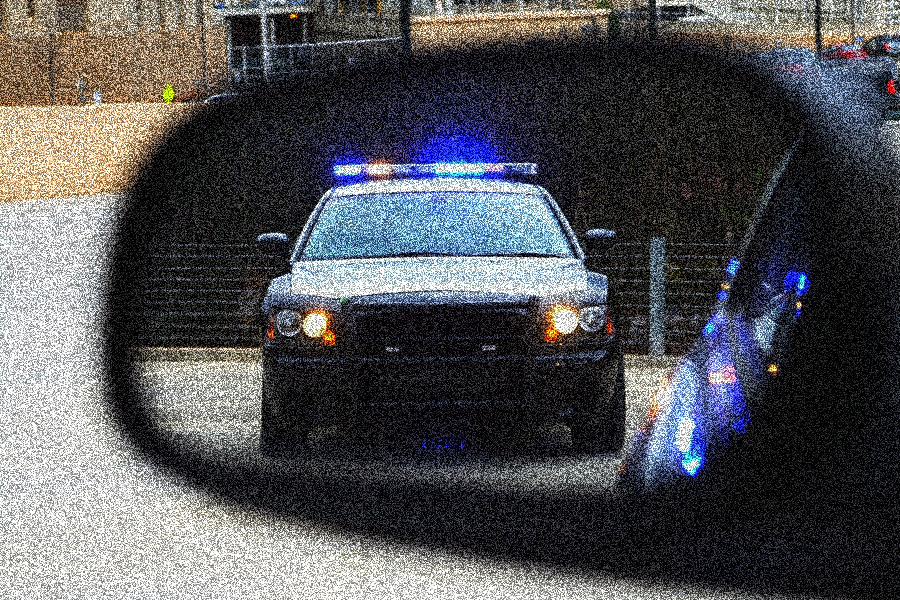Gun Violence Debate Needs to Include Police Militarization and Drug Prohibition Violence

On March 14, thousands of students walked out of school to protest gun violence, demanding legislators enact more stringent gun control in the U.S. Later that night in Rio de Janeiro, Marielle Franco, a Brazilian city council member and a vocal critic of Brazil’s militarized law enforcement, was assassinated.
Four days later, 22-year-old Stephon Clark was shot and killed by the Sacramento police. While news outlets and social media made note of these murders, the national conversation instead largely focused on the March for Our Lives protest that took place the following weekend. As the media continued to cover the responses to the March for Our Lives, news broke that the two officers responsible for the murder of Alton Sterling would not be facing charges for their use of lethal force that left yet another black father dead. In the span of two weeks, the country was engrossed in the discussion of gun control and gun violence, yet there was very little discussion of the main victims of gun violence: people of color.
Communities of color (primarily black and Latinx communities) face increased gun violence at the hands of both community members and the police ostensibly charged with protecting them. While these communities were addressed by some of the courageous students at March for Our Lives, the solutions presented—stricter background checks and weapons bans—are ultimately ineffective for these vulnerable communities, as they only address a small percentage of the victims of gun violence. A more complete attempt at a solution must address the war on drugs, its role in militarizing the police and the effect it has had on communities of color.
“There was very little discussion of the main victims of gun violence: people of color.”
Consider historical precedent. During Prohibition, the supply of alcohol was illegal, yet demand remained, causing the rise of an illicit market. Given the illegality of that market, ensuring some sense of justice fell to individuals rather than police and rule of law. As a result, the country witnessed an increase in organized crime, violence and murder—all directly stemming from the prohibition of alcohol, which effectively decreased with the 21st Amendment. The war on drugs has had the same path, with the exact same results, but more dire consequences. We have seen decades of remarkable gun violence, in Miami, LA, Chicago and even internationally, all in the name of the illicit drug market. The current response by the powers that be to this violence, faced largely by black and brown people, benefits neither from learning from history or understanding community need. Instead of calling for an end to this failed drug war, the main driver of gun violence, or reevaluating the legal status of drugs in our society, our government has responded through the militarization of law enforcement.
First, the Anti-Drug Abuse Act of 1988 authorized the Edward Byrne Memorial Justice Assistance Grant (JAG) program, providing a monetary incentive for anti-drug policing. Then, the National Defense Authorization Act of 1990 authorized the Department of Defense to transfer military equipment to law enforcement agencies, for use in so-called “counterdrug activities.” This was further catalyzed by Bill Clinton’s creation of the Department of Defense Excess Property Program (1033 Program), which further armed law enforcement with surplus military equipment. For decades, law enforcement has been affected by this feedback loop, making drug policing both the rationale for and result of more militarization of our local police departments.
Read the original article on blackagendareport.
By Megan Humphrey